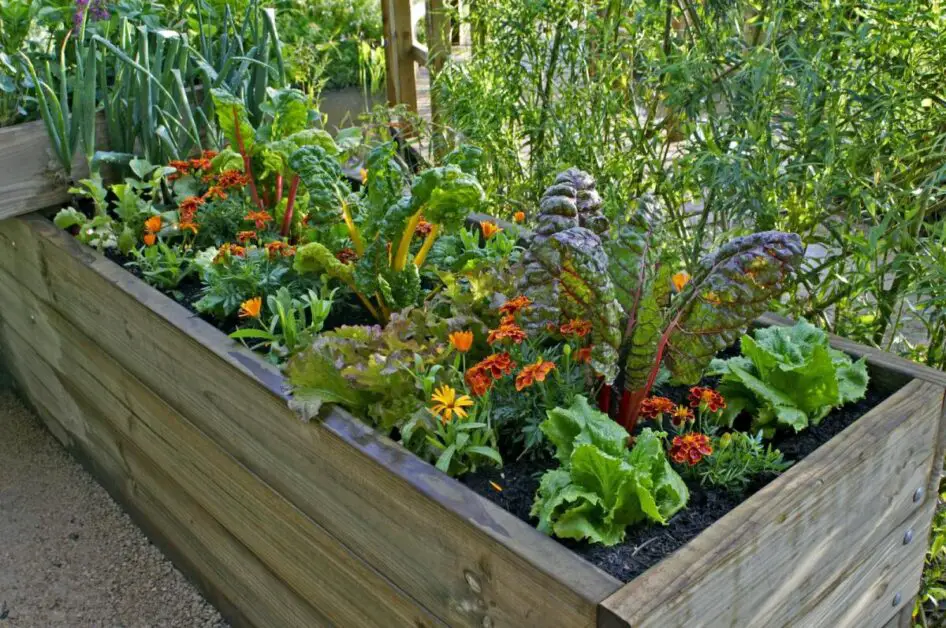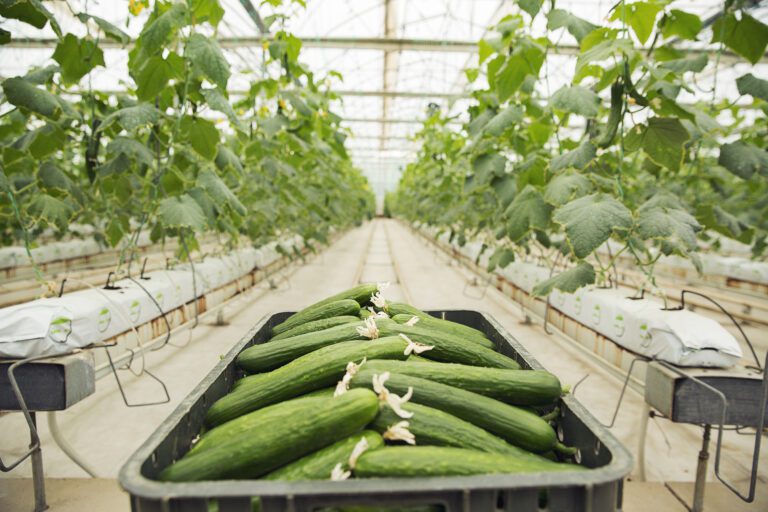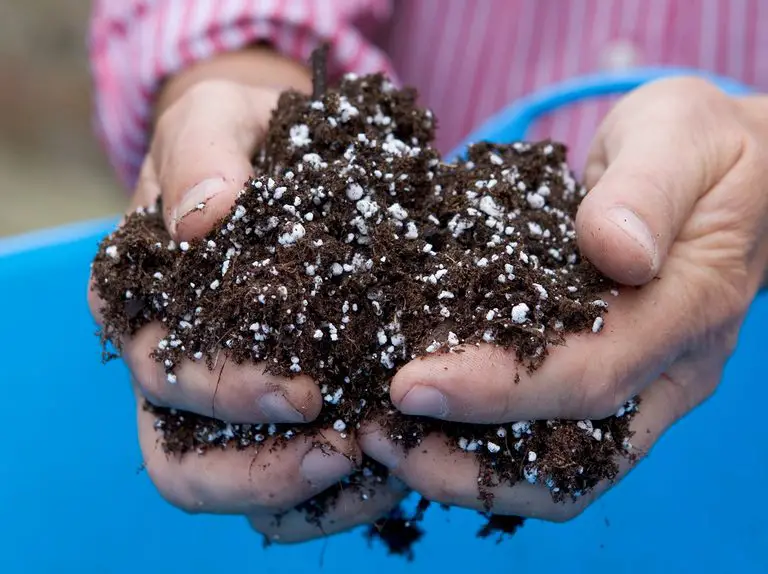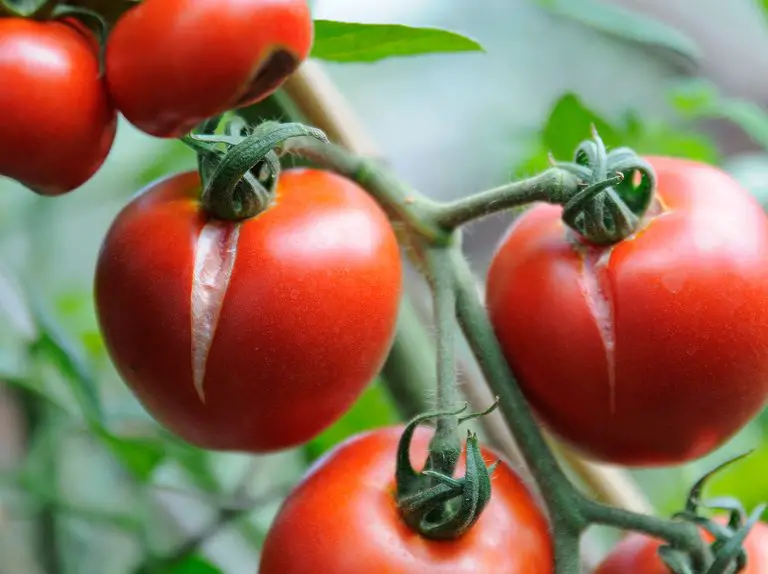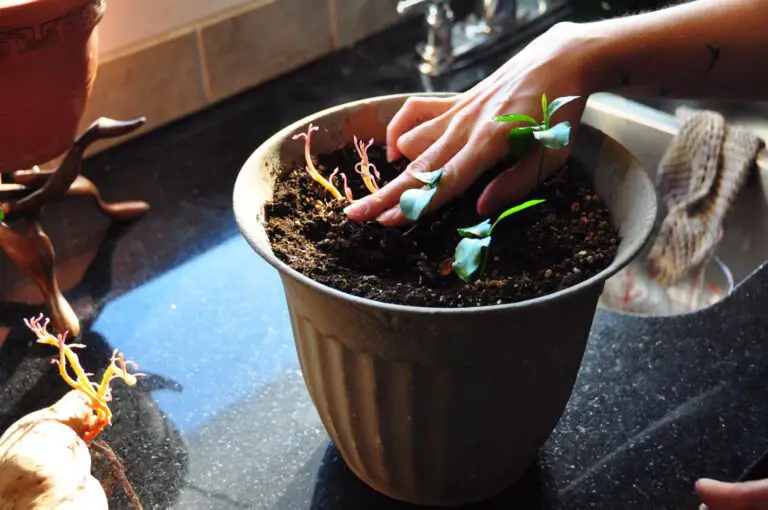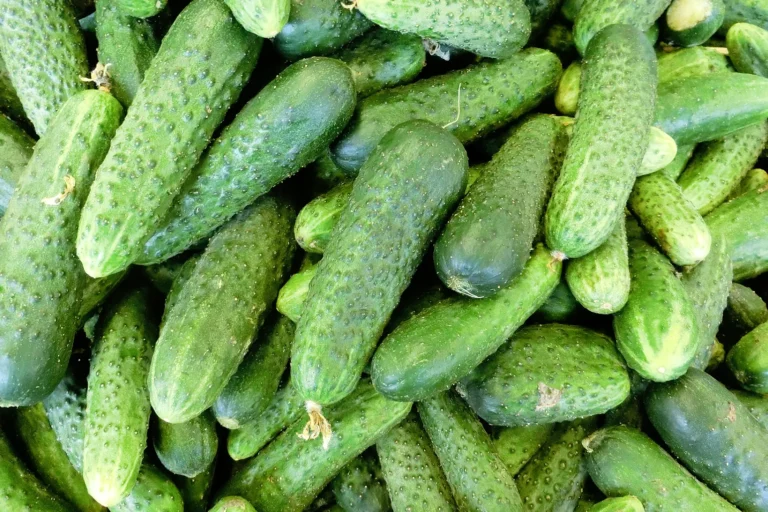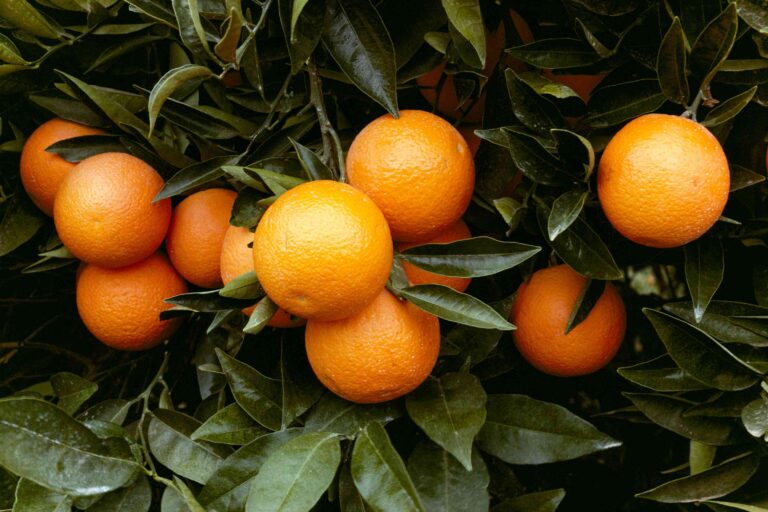A Vegetable Gardening Guide: Best Preparing for Fall
Table of Contents
Choosing the Right Vegetable Gardening for Fall Planting
When selecting Vegetable Gardening for your fall planting, it’s important to choose varieties that are well-suited to the cooler temperatures and shorter daylight hours of the season. Certain vegetables thrive in the fall, making it an ideal time to grow a variety of crops. Some popular options for fall planting include leafy greens like kale, lettuce, and spinach, as well as root vegetables such as carrots, beets, and radishes. These vegetables are not only cold-hardy but also offer a range of flavors and nutrients to diversify your harvest.
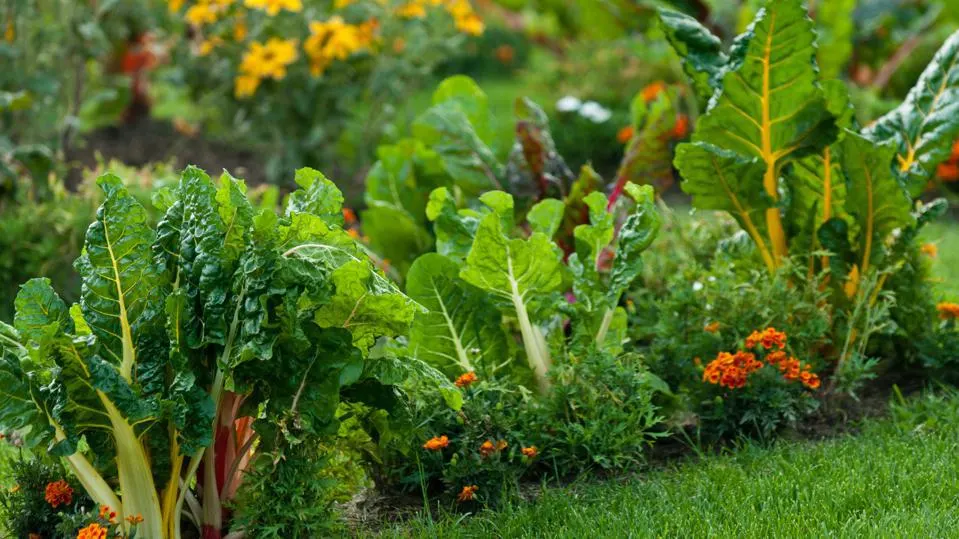
Additionally, consider planting brassicas like cabbage, broccoli, and Brussels sprouts, which not only withstand the chill of fall but actually benefit from it, developing sweeter flavors as temperatures drop. Other great choices for fall planting are peas, turnips, and garlic, each offering unique tastes and textures to add dimension to your autumn meals. By selecting a mix of vegetables that complement each other in terms of growth requirements and harvest times, you can create a dynamic and productive fall garden that provides a bountiful harvest for months to come.
Understanding the Timing for Planting Fall Vegetables
Fall is an ideal time for planting a variety of vegetables in your garden. Understanding the timing for planting fall vegetables is crucial for a successful harvest. Generally, cool-season vegetables like broccoli, kale, carrots, and lettuce should be planted in late summer or early fall to mature before the first frost. Timing is key to ensure that the vegetables have enough time to grow and develop robust flavors while avoiding extreme temperature fluctuations.
It is essential to consider the specific climate and frost dates in your region when planning your fall planting schedule. Different vegetables have varying maturity dates, so it is vital to consult a planting calendar or local agricultural extension office for guidance on the optimal timing for each crop. By strategically planning your planting schedule based on the recommended timing for fall vegetables in your area, you can maximize your harvest and enjoy a bountiful yield of fresh, nutritious produce throughout the cooler months.
Preparing Your Garden Beds for Fall Planting
When preparing your garden beds for fall planting, it’s crucial to start by removing any weeds, rocks, or debris that may have accumulated during the summer months. Clearing the bed of these obstacles will create a clean canvas for your fall vegetables to thrive. Additionally, consider loosening the soil using a garden fork or tiller to improve aeration and drainage, which are essential for healthy root development.
Next, it’s beneficial to amend the soil with organic matter such as compost or well-rotted manure to enrich its nutrient content. This step helps replenish the soil with essential minerals and promotes the growth of beneficial microorganisms. Work the amendments into the soil evenly to ensure a balanced distribution of nutrients throughout the bed. Remember, a well-prepared garden bed sets the foundation for a successful fall vegetable garden.
Selecting the Best Location for Your Fall Vegetable Garden
When selecting the best location for your fall vegetable garden, it is essential to consider factors such as sunlight exposure, soil quality, and proximity to a water source. Most fall vegetables require at least 6-8 hours of sunlight daily to thrive. Choose a spot in your garden that receives ample sunlight throughout the day, especially during the cooler fall months when daylight hours are shorter. Additionally, ensure that the location has well-draining soil to prevent waterlogging, which can lead to root rot and other issues.
Furthermore, having easy access to water is crucial for maintaining the health of your fall vegetable garden. Consider locating your garden near a water source, such as a hose or irrigation system, to make watering more convenient. Adequate water supply is vital for plant growth and development, particularly during dry spells or periods of drought. By strategically placing your fall vegetable garden in a sunny, well-draining area with easy access to water, you can create an optimal environment for your crops to flourish.
Ensuring Proper Drainage for Your Fall Vegetable Garden
Proper drainage is essential for the health and success of your fall vegetable garden. Excess water in the soil can lead to root rot, nutrient leaching, and poor oxygenation, hindering the growth of your plants. To ensure adequate drainage, choose a well-draining location for your garden beds. Avoid low-lying areas where water tends to accumulate, and consider incorporating raised beds or mounds to improve drainage.
In addition to selecting a suitable location, you can enhance drainage by amending your soil with organic matter such as compost or aged manure. These materials help improve soil structure, allowing water to infiltrate more easily and reducing the risk of waterlogged conditions. Regularly testing your soil’s drainage capabilities can also help you monitor and adjust its water-holding capacity, ensuring optimal growing conditions for your fall vegetables.
Testing and Amending Your Soil for Fall Planting
To ensure your fall vegetables have the best growing conditions, it’s crucial to test and amend your soil appropriately. Conduct a soil test to determine the pH levels, nutrient content, and any deficiencies present in your garden beds. By knowing the current state of your soil, you can tailor your amendments to provide the necessary elements for healthy plant growth. Make adjustments based on the test results, adding organic matter such as compost, manure, or specific fertilizers to enhance the soil structure and fertility for optimal plant development.
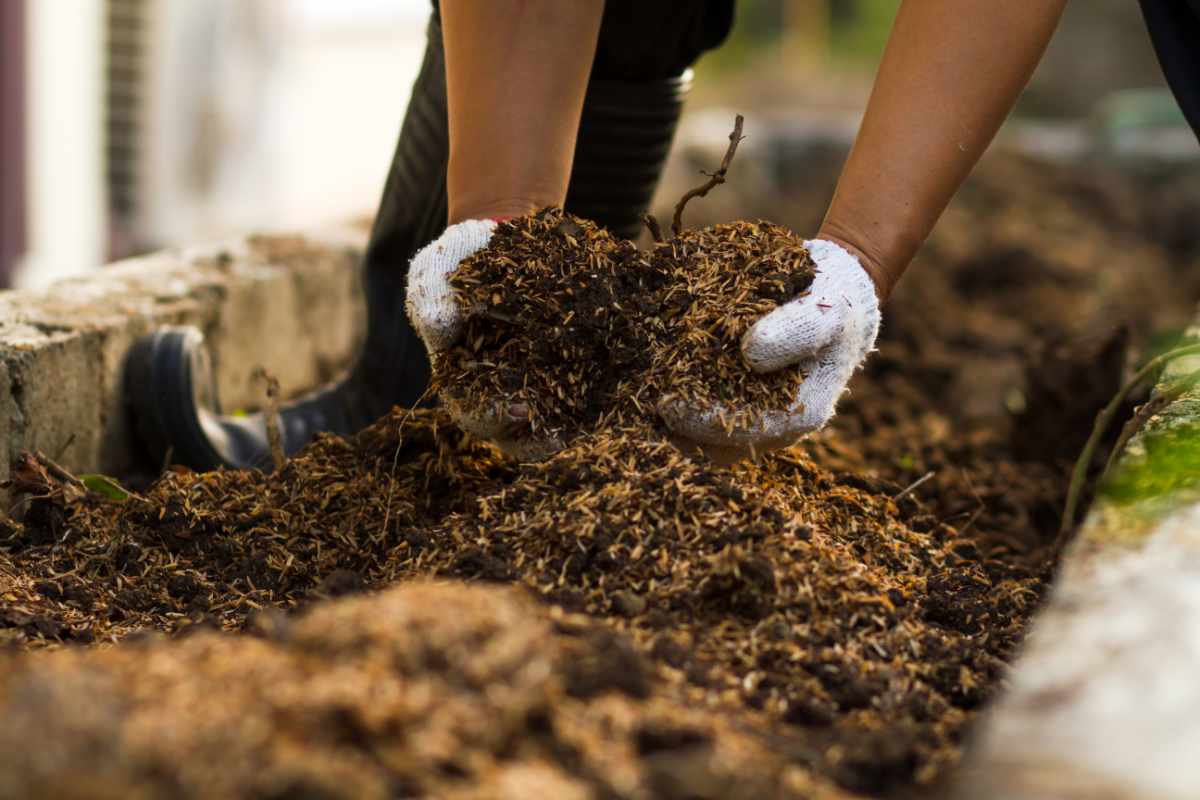
Amending the soil for fall planting sets the foundation for a successful harvest later in the season. Incorporating organic materials not only boosts nutrient levels but also improves the soil’s ability to retain moisture and support beneficial microbial activity. Remember to mix the amendments thoroughly into the top layer of soil to ensure uniform distribution and maximize plant access to the added nutrients. By investing time and effort in testing and amending your soil now, you set your fall vegetable garden up for thriving growth and bountiful yields in the months ahead.
Deciding Between Seeds and Transplants for Fall Vegetables
When deciding between seeds and transplants for your fall vegetable garden, there are several factors to consider. Seeds offer a wide variety of options and are generally more cost-effective than transplants. They also give you the satisfaction of watching your plants grow from the very beginning. However, seeds require more time and attention, as they need to be started indoors or in a greenhouse before being transplanted into your garden. On the other hand, transplants provide a head start in the growing process and are easier to establish in the garden. They are particularly useful if you have a shorter growing season or want a more immediate harvest.
It’s essential to think about the specific needs of the vegetables you plan to grow when deciding between seeds and transplants. Some vegetables, like carrots and radishes, are best grown from seeds directly in the garden, as they do not transplant well. Others, such as tomatoes and peppers, benefit from being started indoors as transplants to extend the growing season. Consider factors such as germination requirements, the length of your growing season, and the availability of transplants in your area when making your decision. Experimenting with a combination of seeds and transplants can also provide a diverse and successful harvest in your fall vegetable garden.
Protecting Your Fall Vegetables from Pests and Diseases
To safeguard your fall vegetables from pests and diseases, it is crucial to implement proactive measures that promote a healthy and thriving garden ecosystem. One effective strategy is to regularly inspect your plants for any signs of infestation or disease, such as holes in leaves, discolored spots, or wilting foliage. By identifying issues early on, you can take swift action to mitigate the spread and protect the overall health of your vegetable crops. Additionally, incorporating companion planting techniques can help naturally repel pests and attract beneficial insects that act as natural predators, creating a harmonious balance within your garden environment.
Incorporating organic pest control methods, such as neem oil sprays, diatomaceous earth, or insecticidal soaps, can provide targeted protection against common garden pests without introducing harmful chemicals into your growing space. These natural remedies offer an environmentally friendly approach to pest management, ensuring the safety of your fall vegetables for consumption. Furthermore, practicing good garden hygiene by regularly removing debris, weeds, and diseased plants can help eliminate potential hiding spots and breeding grounds for pests, minimizing the likelihood of infestations taking hold in your vegetable garden.
The table shows what measures can be taken in order to protect the fall vegetables:
| Vegetable | Pests and Diseases | Preventive Measures |
|---|---|---|
| Broccoli | Aphids, Cabbage Worms, Downy Mildew | Planting resistant varieties, using row covers, practicing crop rotation, regular inspection for pests and handpicking, applying neem oil or insecticidal soap. |
| Carrots | Carrot Fly, Root Knot Nematodes | Planting in raised beds, using floating row covers, intercropping with onions or garlic, avoiding excessive nitrogen fertilization. |
| Lettuce | Aphids, Slugs, Powdery Mildew | Providing good air circulation, avoiding overhead watering, applying fungicides if necessary, using beer traps or diatomaceous earth for slug control. |
| Spinach | Leaf Miners, Downy Mildew, Fusarium Wilt | Planting resistant varieties, practicing crop rotation, removing infected plant debris, providing adequate spacing between plants. |
| Cabbage | Cabbage Worms, Clubroot, Black Rot | Applying floating row covers, using Bacillus thuringiensis (Bt) for caterpillar control, ensuring proper soil drainage to prevent clubroot, practicing sanitation to prevent the spread of black rot. |
| Radishes | Flea Beetles, Root Maggots | Planting radishes early in the season, using row covers, applying insecticidal soap, intercropping with plants that repel flea beetles such as basil or catnip. |
| Brussels Sprouts | Aphids, Cabbage Worms, Alternaria Leaf Spot | Applying insecticidal soap or neem oil, using row covers, practicing crop rotation, applying fungicides if necessary. |
Implementing Crop Rotation in Your Fall Vegetable Garden
Crop rotation is a key practice in maintaining soil health and optimizing plant growth in your fall vegetable garden. By rotating the types of crops grown in specific areas of your garden each season, you can help prevent the buildup of pests and diseases that target specific plant families. This method also assists in balancing soil nutrient levels, as different plant families have unique nutrient requirements. Implementing a crop rotation plan can be as simple as dividing your garden into distinct sections based on plant families and moving the locations of these families each season to disrupt pest cycles and promote soil health.
When planning your crop rotation strategy for your fall vegetable garden, it’s crucial to consider the specific needs of the plant families you are growing. Some plants are heavy feeders and may deplete certain nutrients from the soil more rapidly, while others are nitrogen-fixing and can help enrich the soil. By grouping plants with similar nutrient needs and growth habits together, you can effectively rotate your crops to maintain soil fertility and minimize the risk of pests and diseases. Additionally, incorporating cover crops into your rotation plan can further enhance soil health by adding organic matter, reducing erosion, and suppressing weeds between vegetable plantings.
Watering Your Fall Vegetable Garden Properly
When it comes to watering your fall vegetable garden, it’s essential to strike the right balance to ensure optimal growth and yield. Generally, fall vegetables require about 1 inch of water per week, either from rainfall or irrigation. However, this amount can vary depending on factors such as soil type, plant variety, and local climate conditions.
To determine if your fall vegetables need watering, perform a simple soil moisture test by inserting your finger into the soil. If the soil feels dry to a depth of about 1-2 inches, it’s time to water. Remember to water deeply and infrequently to encourage healthy root growth and avoid waterlogging. Mulching can also help retain soil moisture and reduce the need for frequent watering.
Fertilizing Your Fall Vegetables for Optimal Growth
Fall is a crucial time to provide your vegetable plants with the necessary nutrients for optimal growth. When it comes to fertilizing your fall vegetables, it’s important to understand the specific requirements of each plant variety. Leafy greens such as spinach and lettuce benefit from nitrogen-rich fertilizers to promote leaf development, while root crops like carrots and beets thrive with phosphorus for strong root growth. Utilizing a balanced fertilizer with equal parts nitrogen, phosphorus, and potassium can provide a well-rounded nutrient boost for a variety of fall vegetables, ensuring they have what they need to flourish during the cooler months.
In addition to selecting the right fertilizer, timing is key when it comes to feeding your fall vegetable garden. Applying fertilizers too early may lead to nutrient leaching, while waiting too long can impede plant growth. As a general rule of thumb, it’s best to fertilize your fall vegetables when they are actively growing and beginning to establish root systems. By following a consistent fertilization schedule and monitoring your plants’ nutritional needs, you can help them reach their full potential and produce a bountiful harvest.
Mulching Your Fall Vegetable Garden for Moisture Retention
Proper mulching is crucial for maintaining soil moisture levels in your fall vegetable garden. By applying a layer of organic mulch, such as leaves, straw, or grass clippings, you can help retain moisture in the soil, reducing the need for frequent watering. Additionally, mulch acts as a protective barrier, insulating the roots of your plants from temperature fluctuations and preventing erosion.
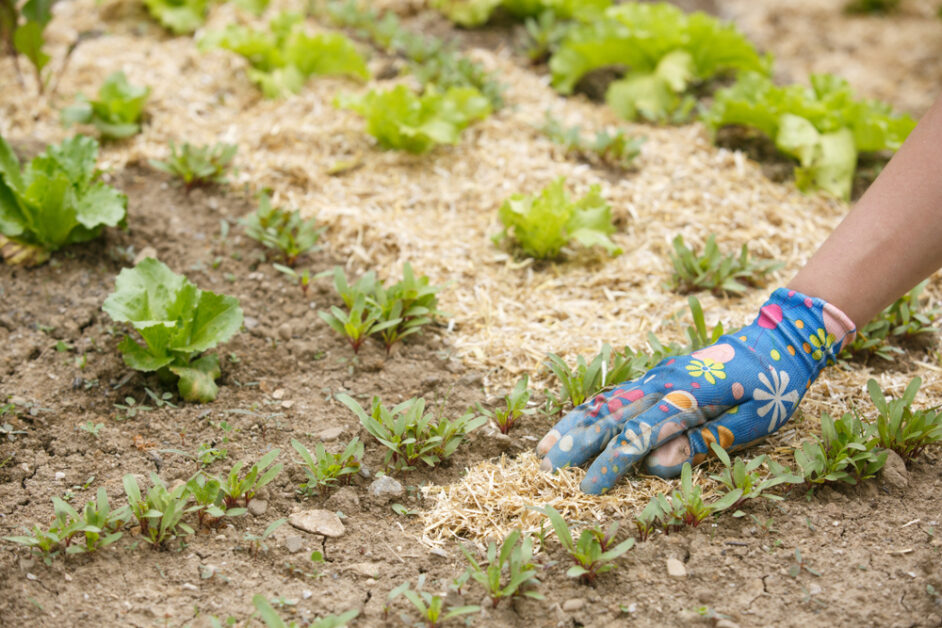
When choosing mulch for your fall vegetable garden, consider the specific needs of your plants. For example, heavier mulches like straw or wood chips are ideal for larger vegetables like pumpkins or squash, providing better insulation and weed suppression. On the other hand, lighter mulches such as grass clippings or shredded leaves work well for smaller plants like lettuce or spinach, allowing for better air circulation and preventing dampness around delicate leaves. Experiment with different types of mulch to find what works best for your fall vegetable garden’s unique requirements.
Creating a Support System for Vertical Growing Fall Vegetables
For vertical growing fall vegetables, it is crucial to establish a reliable support system to maximize space usage and ensure the plants have the necessary structural support as they grow. Utilizing trellises, cages, stakes, or other vertical structures can help prevent sprawling, keep fruits off the ground, and make harvesting easier. By training the plants to grow vertically, gardeners can increase air circulation, decrease disease risk, and optimize sunlight exposure for improved yields.
When choosing a support system for vertical growing fall vegetables, consider the specific needs of each plant variety in terms of height, weight, and climbing habits. For climbing plants like peas, beans, cucumbers, and tomatoes, a strong trellis or cage system that allows for easy attachment and growth support is essential. Additionally, selecting materials that are durable, weather-resistant, and adjustable can ensure the longevity and effectiveness of the support structure throughout the fall growing season. By investing time and effort into creating a solid support system, gardeners can successfully cultivate a thriving vertical garden that maximizes space and productivity.
Understanding Harvest Times for Fall Vegetables
When it comes to harvesting fall vegetables, timing is crucial for optimal taste and nutrition. Different vegetables have specific maturity timelines, so understanding the ideal harvest window for each crop is essential. For instance, root vegetables like carrots and beets are typically ready for harvest when their tops peek out of the soil, signaling a mature root underneath. On the other hand, leafy greens such as kale and spinach can be harvested continuously by picking outer leaves, promoting ongoing growth and prolonged harvest periods.
Furthermore, harvesting fall vegetables at the peak of ripeness ensures the best flavor and nutrient content. Tomatoes should be picked when fully ripe on the vine for maximum sweetness and juiciness, while winter squashes like butternut should be harvested before the first frost to prevent damage and ensure proper storage. By paying attention to the specific harvest times for each vegetable variety in your fall garden, you can savor the freshest produce and enjoy the bountiful rewards of your gardening efforts.
The table below shows the times of some of the major fall vegetables:
| Vegetable | Harvest Time | Description |
|---|---|---|
| Broccoli | 60-100 days | Harvest firm, dark green heads before florets open. Side shoots continue to develop. |
| Carrots | 70-80 days | Gently pull when desired size and color, avoiding root damage. Best in cool, moist soil. |
| Lettuce | 45-60 days | Harvest leaves when desired size. For head lettuce, pick when firm and compact. |
| Spinach | 40-50 days | Pick leaves when large enough. Harvest before bolting in warm weather. |
| Cabbage | 70-120 days | Harvest firm heads, leaving some outer leaves. Timing varies with variety. |
| Cauliflower | 55-100 days | Harvest firm, white heads before curds separate. Blanching can help maintain color. |
| Radishes | 20-30 days | Pull when desired size and color, trim tops before storing. Avoid pithiness. |
| Brussels Sprouts | 90-100 days | Pick firm sprouts, walnut-sized, from bottom to top of stalk. Cooler temps improve flavor. |
| Kale | Continuous after 50-60 days | Harvest outer leaves as needed, allowing smaller ones to grow. Flavor improves after frost. |
Extending Your Fall Vegetable Harvest with Cold Frames or Row Covers
To extend your fall vegetable harvest and enjoy fresh produce for longer, consider utilizing cold frames or row covers. Cold frames are essentially miniature greenhouses that help protect plants from frost and cold temperatures, while row covers provide insulation and shield plants from harsh weather conditions. By using these protective structures, you can prolong the growing season well into the colder months, allowing your fall vegetables to thrive and continue producing.
Cold frames are typically made of transparent materials such as glass or plastic and are placed over garden beds to create a warm and sheltered environment for plants. Row covers, on the other hand, are fabric covers that are draped over rows of plants to provide a barrier against cold temperatures and pests. Both cold frames and row covers offer a simple and cost-effective way to extend the harvest of fall vegetables such as lettuce, kale, carrots, and spinach. With the added protection and insulation these structures provide, you can enjoy a bountiful harvest well into the fall and even early winter months.
Learn more about fall gardening and what types of vegetables you should grow this fall by watching this video.
What is the difference between cold frames and row covers?
Cold frames are enclosed structures with a transparent roof that help retain heat and protect plants from frost, while row covers are lightweight fabrics placed directly over plants to provide a barrier against cold temperatures.
Can cold frames or row covers be used interchangeably for all fall vegetables?
While both cold frames and row covers can extend the growing season for fall vegetables, cold frames are better suited for more delicate plants that require additional warmth and protection from frost.
How often should I check my fall vegetables under cold frames or row covers?
It is recommended to check your fall vegetables under cold frames or row covers regularly to ensure proper ventilation, water, and pest control.
Are there any drawbacks to using cold frames or row covers for fall vegetables?
One potential drawback of using cold frames or row covers is the risk of overheating on sunny days, so it’s important to monitor temperature levels and provide adequate ventilation.
Can I use cold frames or row covers for all stages of growth for fall vegetables?
Yes, cold frames or row covers can be used throughout the entire growing season for fall vegetables to protect them from cold temperatures and extend the harvest.

